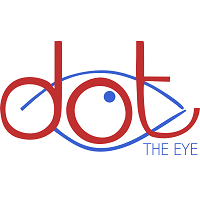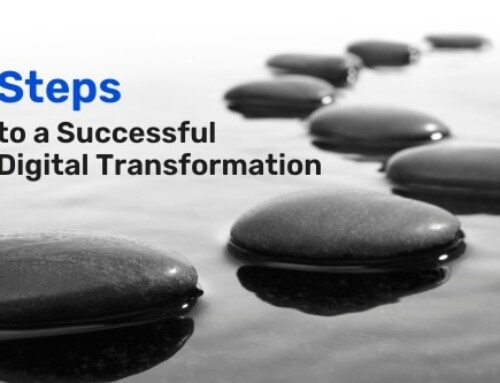Like many sectors, the world of membership organisations has adopted social media as one of their primary tools in connecting with members, partners, and anyone who may be interested in their services.
However, simply implementing well thought out posting schedules is no longer enough to thrive on such competitive platforms. In order to get the most out of your organisation’s social media channels, it is important to analyse the data which is being generated by your users. Examining metrics will allow you to track the progress of marketing strategies and find out where exactly to focus your time, attention, and investment.
Here are our top 5 social media metrics which will help you do these things, and how you can use them:
1. Engagement Rate
This is perhaps the most important metric, and where you should begin your analysis. The engagement rate is essentially a measure of the interaction your content receives relative to those who have seen it (impressions). You can access impressions and engagements on the analytics sections of all major social media platforms. You can then easily calculate the engagement rate by doing the following equation:
Engagement Rate (%) = Engagements / Impressions x 100
This is a particularly useful metric as it allows you to measure the performance of different campaigns.
2. Content Metrics
You can now calculate the engagement rates for the different types of content which you are posting. These can usually be broken down into the following:
- Textual posts
- Image posts
- Video posts
- Shared content
This will allow you to spot patterns in your posting schedules, and break down the engagement rate for each type of post, and see which performs best for which audience.
3. Timing Metrics
Analysing your timing metrics is a great way to identify the best time to post your content, and when your followers are most likely to engage with your content. Check the following information, which you’ll be able to find on all major social media analytics pages:
- Number of posts per-week
- Most common posting time
- Most common posting day
- Days which have the highest engagement rates from your audience
4. Audience Demographics
Audience demographics will help you determine who your audience actually are, which will act as a useful guide for creating appropriate content. For example, if your followers are 80% male IT professionals, there isn’t much point sharing an article about women in finance. Major social media channels will give you some metrics, with LinkedIn giving you a more detailed breakdown of your followers professions and industries. Check the total amount of followers on each platform, before determining the following, and adjusting your posting strategy accordingly:
- Male %
- Female %
- Primary age groups
- Primary locations
- Primary job functions
- Primary Industries
5. Traffic to website
This is a very important metric to measure, with the ultimate question being, is social media one of your top traffic drivers? After all, this is one of the primary goals of having a social media profile in the first place; to drive users to your website, and persuade them to use your services. The best way to do this is by using Google Analytics, which can give you the exact number of visits to your website which have been directed from social media webpages.
Whilst examining these metrics can seem a daunting task, there is no point investing time and money in strategies if you can’t keep track of their impact on your organisation’s online presence. Analysing social media metrics ensures that investments yield worthy returns.
 Dot-The-Eye is an Association Management Company (AMC), that has a proven track record in successfully supporting small to medium sized associations, societies and institutions in their core business whilst also giving them the opportunity to diversify by managing services that may be unique to their organisations.
Dot-The-Eye is an Association Management Company (AMC), that has a proven track record in successfully supporting small to medium sized associations, societies and institutions in their core business whilst also giving them the opportunity to diversify by managing services that may be unique to their organisations.









Leave A Comment